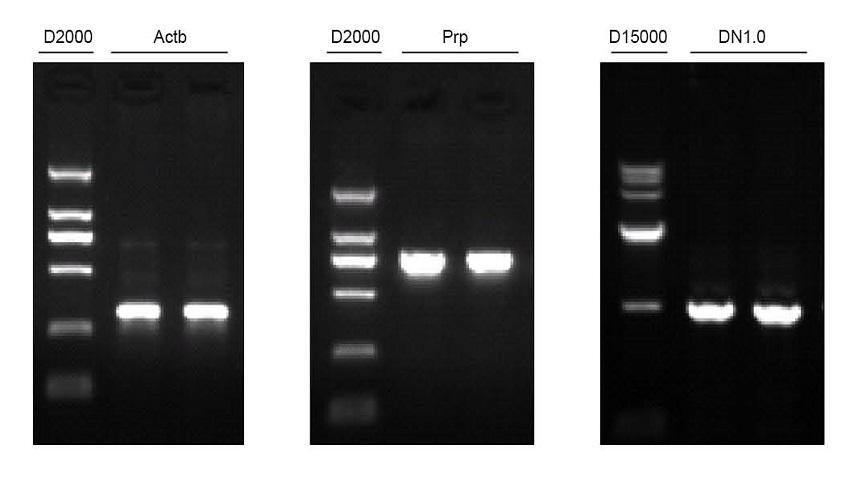Catalog Number|Packaging
Mat. No |
Ref. No |
No. of preps |
|
4992717 |
GDP334-03 | 200 |
|
4992716 |
GDP334-02 | 50 |
-
Storage
This kit can be stored under dry condition at room temperature (15-25 ℃ ) for 12 months. For long-term storage, please store at 2-8℃ .
-
Description
The TIANamp Blood Spots DNA Kit adopts the spin column that specifically binds DNA and a unique buffer system to extract genomic DNA from blood spots. The silicon matrix material used in the spin column is a unique new material developed by TIANGEN, which can efficiently and specifically adsorb DNA, and remove impurities and other organic compounds in cells to the utmost extent. Large size of gDNA fragments with high purity and stability can be obtained using this kit.
-
Features
■ Wide application: The kit could be used to extract gDNA from various blood spots samples directly.
■ High quality: With the unique lysis buffer system, the purified DNA with high concentration, purity and good integrality could satisfy the demands of chip hybridization and high-throughput sequencing.
■ Rapid and non-toxic: The kit uses silica membrane adsorption technology and does not need phenol and chloroform. The whole extraction process could be completed within one hour.
-
Applications
Suitable for various regular applications, such as restriction enzyme digestion, PCR, library construction, Southern blot, chip hybridization and High-throughput sequencing, etc.
-
Important Notes
If the solution drops on the skin and mucous membranes, please rinse immediately with running water. There will not be risk of injury to the operators.
Experimental Example
The genomic DNA of human blood spot samples were extracted using the TIANamp Blood Spots DNA Kit according to the standard protocol. Sample starting amount: 3 pieces of 3 x 3 mm blood clots. 2 μl of the 50 μl eluents were used as PCR template. Perform the PCR amplification of Actb (300 bp), PrP (750 bp) and DN1.0 (1 kb) in a 20 μl PCR reaction system respectively. 5 μl of the PCR products were loaded per lane.
-
Sort by
-
Date
Date(
)
Date
Date(
)
Impact Factor
IF(
)
Impact Factor
IF(
)




 Inquire
Inquire

